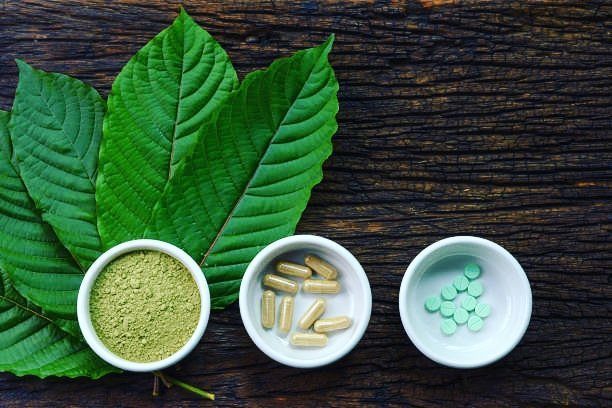New research finds that over a period of 17 years, people in the United States increased their use of natural psychoactive substances, believing them to be safe. This has led to many reports of adverse symptoms in adults and children alike. People have been using natural psychoactive substances for hundreds, or even thousands, of years in traditional medicine and as a part of spiritual practices. Because these substances come from sources such as plants and mushrooms, many people believe them to be safe to use. However, because they interfere with biological processes in the central nervous system, they can be a threat to human health. These interferences can also cause euphoria and altered states of consciousness. For these reasons, many people are now using natural psychoactive substances for recreational purposes. New research has studied trends in the number of people in the United States who reported adverse reactions as a result of exposure to psychoactive substances during 2000–2017. The Center for Injury Research and Policy at the Research Institute at Nationwide Children's Hospital in Columbus, OH, collaborated with the Ohio State University College of Medicine, also in Columbus, to conduct this study. In the new study paper — which appears in the journal Clinical Toxicology — the researchers explain that at a global level, many such substances remain improperly regulated. This means that it can be very easy for people to obtain them via online channels. "Opium, cocaine, and marijuana are the most commonly used and are included in the 1961 United Nations Convention on Narcotics," the study authors write. However, they add, "While these three well-known plant-based substances are highly regulated, other natural psychoactive substances are not currently under international control through this convention or its amendments. Lack of regulation has led to an increase in their availability, especially on the internet." Based on accumulating evidence — including the results of this study — Spiller and colleagues suggest that federal institutions increase their efforts to regulate natural psychoactive substances, especially kratom, more strictly.
(Credits: www.medicalnewstoday.com)


